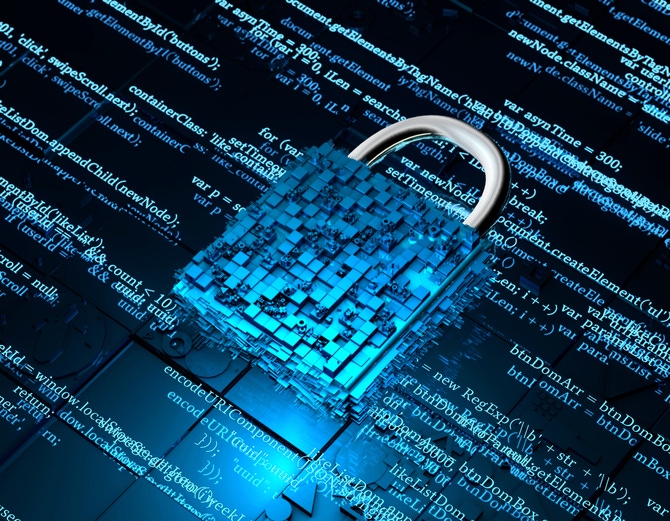Zero-Trust Security for IoT: Establishing Rigorous Device Defenses
IoT security pros can benefit from zero-trust security to authenticate rogue devices that try to connect to a network. Zero trust should be the hallmark of your IoT strategy.
March 8, 2021

By Brien Posey
Zero trust is a key security trend today, and for good reason. Zero-trust security provides a level of access control that cannot be matched by more conventional security models.
Zero-trust security is a concept that centers on the belief that organizations should not automatically trust anything inside or outside their perimeters and must verify any user or device that tries to connect to its systems before granting access.
As popular as zero-trust security might be however, it’s challenging to implement. After all, zero-trust security is a model — it isn’t a product that you can buy, or a security setting that you can turn on. Zero trust is a desired end result it’s And each organization has to identify how best to achieve that result.
Because of this, zero trust can mean different things depending on the context. Consider the difference between applying zero trust to users as opposed to device-level zero trust. Even at that, organizations may have differing ideas about what is needed for a user or device to prove its trustworthiness. In other words, there is no universal standard that defines what it means for an organization to use zero-trust security. Additionally, it is almost certain that of the principles of zero-trust security will evolve over time.
As organizations work to implement zero-trust security for their IT resources, they will inevitably have to consider how best to create a zero-trust model for their IoT devices. However, adopting zero-trust security for IoT devices can be an extraordinarily difficult challenge. Most IoT devices offer relatively few configurable security settings, and the IT community has not yet created a lot of prescriptive guidance for those who need to implement zero trust for IoT devices.
Thankfully, bringing zero trust to your IoT devices is not an impossible endeavor, but it does require a bit of creativity.
Strategies to Bring Zzero Trust to IoT – MAC Device Identity
As previously noted, the key to implementing zero trust is defining what it is that you hope to achieve and what it means for a particular device to operate in a zero -trust configuration. When it comes to IoT devices, you have to consider the device types and the security options that exist for those devices. Remember though, zero trust is less about configuring a device’s security settings than it is about proving the device’s trustworthiness. From an IoT prospective, you may be able to achieve zero trust by focusing your efforts on proving a device’s identity before allowing it to participate on a network.
There are a few different ways to establish proof of identity for IoT devices, and the method you use comes down to device capabilities. At the most basic level however, you may be able to enforce device identity based on the device’s MAC address.
Using a MAC address to positively identify a device isn’t a fool-proof method because MAC addresses can be spoofed — even so, it is far more effective than doing nothing.
Most wireless access points allow you to create a whitelist of devices that are allowed to participate on a wireless network. This whitelist is usually based on device MAC addresses. Some access points even allow you to assign a text label to a particular device, so as to make it easier to identify. Such a label might,for example, assign the label Front Door Security Camera to MAC address 00-40-96-AA-DF-6C-D2-AB.
Whitelisting Legitimate IoT devices to Block Rogue Devices
Of course, MAC address whitelisting is more than just a tool for making it easier for humans to figure out which devices are connected to a network. Whitelists can be used to bar an unauthorized device from participating on the network.
Imagine that your organization makes extensive use of a particular type of IoT device, and that all of those devices are connected to a wireless network. Now suppose that a user wants to attach a rogue device of the same type to the same network.
Just to make things interesting, let’s also assume that the rogue has figured out the network’s SSID and WPA key. Under normal circumstances, the user would have no trouble attaching the rogue device to the network. The device would likely go undiscovered for quite some time because it would blend in with the other devices that the organization uses.
If, on the other hand, an administrator took the time to whitelist the legitimate devices, then the rogue device would be unable to connect to the network in spite of knowing the SSID and WPA key. The rogue device would not appear on the access point’s whitelist; hence the device would be denied access to the network. This is a form of zero trust – the rogue device would not able to connect to the network in spite of having the correct credentials, because it is unable to prove its identity to the network.
Proving IoT Device User Identities
As previously noted, access point whitelisting is only one way of positively identifying IoT devices. I discussed this option because it can be done regardless of the devices you use. Some devices, however, may be able to use certificates or other mechanisms to prove their identities.
Every organization will take a different approach to implementing zero trust for IoT devices, and that’s OK. In the quest for IoT zero trust, admins should focus on what they can do to prove or disprove the identities of the IoT devices on their networks.
You May Also Like
.png?width=700&auto=webp&quality=80&disable=upscale)

.jpg?width=700&auto=webp&quality=80&disable=upscale)
.png?width=300&auto=webp&quality=80&disable=upscale)
.png?width=300&auto=webp&quality=80&disable=upscale)

.png?width=300&auto=webp&quality=80&disable=upscale)